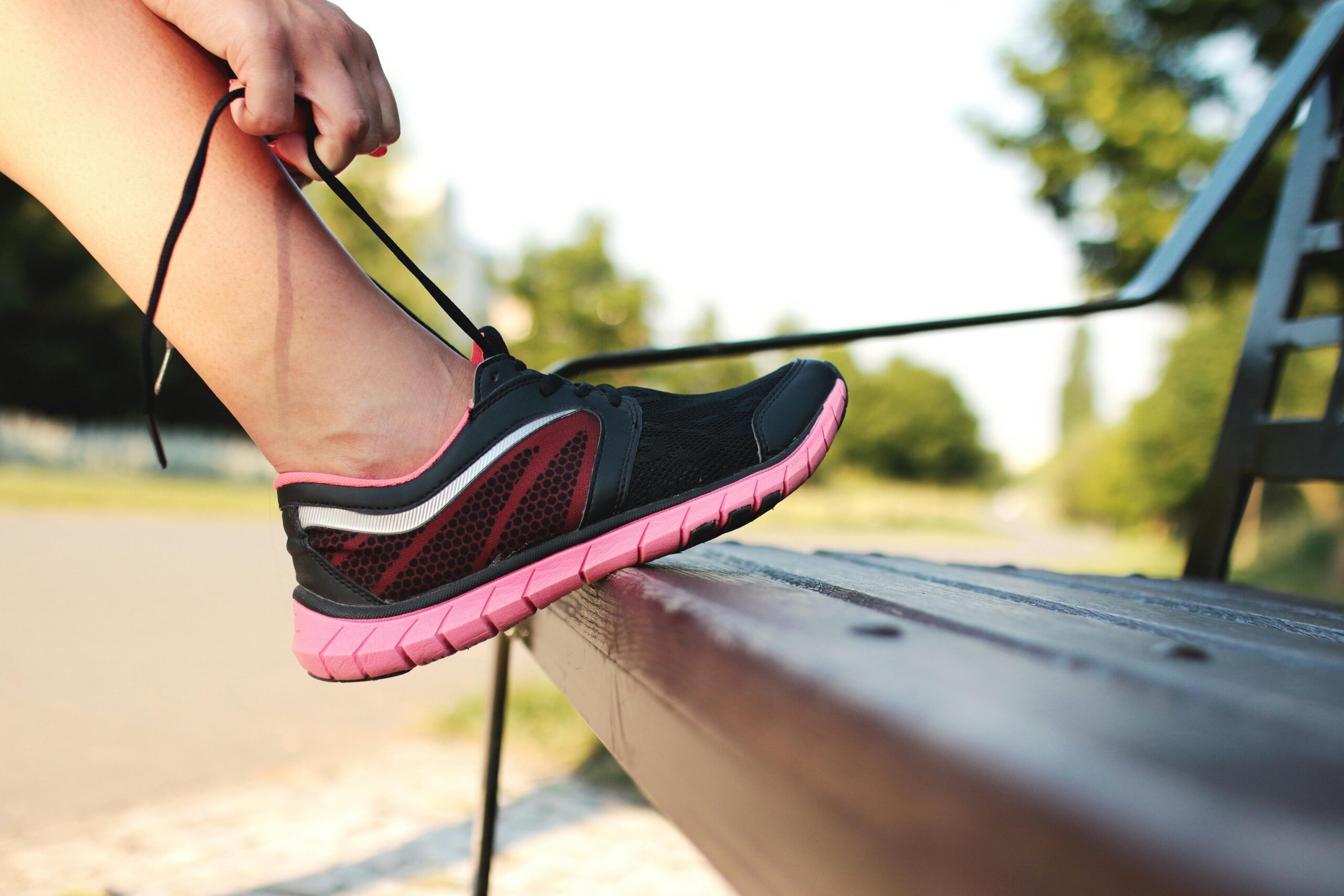Running is one of the most popular ways to stay active, clear the mind, and build cardiovascular fitness. It requires no expensive equipment, can be done almost anywhere, and offers both physical and mental health benefits. Yet despite its simplicity, running is also one of the leading causes of sports-related injuries. Shin splints, knee pain, ankle sprains, and muscle strains are common problems that can discourage even the most enthusiastic runners.
The good news? Many of these injuries can be prevented with the right approach. As physiotherapists, we see a lot of runners in clinic each year and have developed proven strategies to help you stay healthy and enjoy your runs without pain.
Why Runners Get Injured
Most running injuries are caused by a combination of overuse, poor technique, and inadequate preparation. Running is a repetitive, high-impact activity, which means small issues — such as tight muscles, improper footwear, or an imbalanced training schedule — can build up over time and lead to pain. Understanding the risk factors is the first step in protecting yourself.
Expert Physiotherapy Tips for Injury-Free Running
1. Build Gradually
One of the most common mistakes new runners make is doing too much, too soon. Sudden increases in mileage or speed put enormous stress on muscles, joints, and tendons. Follow the 10% rule — never increase your weekly mileage by more than 10%. This allows your body to adapt safely and reduces the chance of overuse injuries.
2. Warm Up and Cool Down
Skipping a warm-up is a recipe for tight muscles and reduced mobility. Before running, spend 5–10 minutes with dynamic stretches such as leg swings, walking lunges, or high knees. After your run, cool down with gentle walking and static stretches for the calves, hamstrings, and quadriceps. This helps improve flexibility and reduces post-run stiffness.
3. Choose the Right Footwear
Shoes play a critical role in absorbing shock and supporting your stride. Visit a professional running store for a gait analysis and shoe fitting. Worn-out trainers lose their cushioning, so aim to replace them every 300–500 miles depending on your running style and terrain.
4. Focus on Running Technique
Efficient running technique not only improves performance but also reduces strain. Physiotherapists often encourage:
- Running with a slight forward lean from the ankles (not the waist)
- Keeping your stride short and quick rather than overstriding
- Landing softly under the hips rather than on the heels
If you’re unsure, a gait analysis with a physiotherapist can help fine-tune your technique.
5. Strength Training Matters
Strong muscles provide better support for joints and absorb the impact of running. Include at least two strength sessions per week, focusing on:
- Glutes and hips (bridges, clamshells, squats)
- Core muscles (planks, side planks, bird-dogs)
- Calves and ankles (calf raises, single-leg balance work)
This balanced approach helps prevent common issues such as knee pain and Achilles tendinopathy.
6. Listen to Your Body
Pain is your body’s way of signalling that something isn’t right. A little post-run soreness is normal, but sharp or persistent pain should not be ignored. Rest, ice, and gentle mobility work may be enough, but if symptoms continue, seek professional assessment before returning to training.
7. Mix Up Your Training
Variety reduces the repetitive strain of running. Cross-train with low-impact activities like cycling, swimming, or yoga. Not only does this give overworked muscles a break, but it also builds overall fitness and resilience.
8. Recovery Is Just as Important as Training
Rest days are not a sign of weakness — they are when your body rebuilds and gets stronger. Prioritise sleep, hydration, and good nutrition to support recovery. Foam rolling and gentle stretching can also improve muscle health between runs.
When to See a Physiotherapist
If you’re struggling with recurring pain, niggles that won’t go away, or simply want to improve your running efficiency, physiotherapy can help. Physiotherapists assess your movement, identify weaknesses or imbalances, and design a personalised plan to keep you running strong. With hands-on treatment, tailored exercises, and expert advice, you can return to training with confidence.
Run Strong, Run Safe
Running should be enjoyable, energising, and sustainable. By building gradually, paying attention to technique, and supporting your body with strength work and recovery, you can greatly reduce your risk of injury. And if pain does arise, early intervention from a physiotherapist is the key to long-term success.
At Osteo and Physio, our team of experienced physiotherapists is here to support runners of all levels. Whether you’re training for your first 5K or your next marathon, we’ll help you stay injury-free and keep moving towards your goals.

